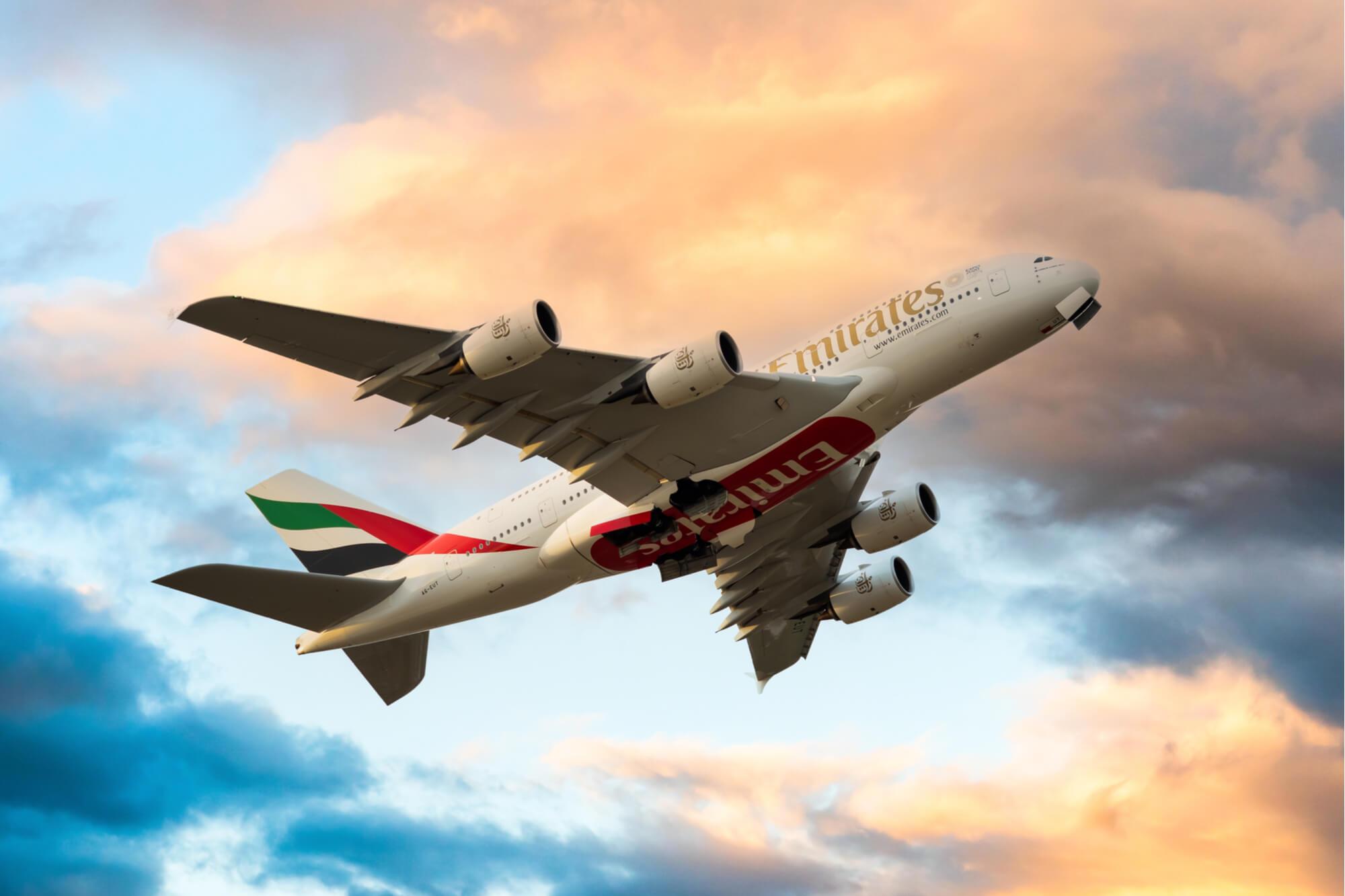
A routine service test for an Emirates Airbus A380 aircraft on April 1 has ended with a surprising result. The aircraft, registered as A6-CJE, spent two years in storage and has recently been reactivated by the flag carrier of...
To read the full article, please log in or enter your email below:
India’s biennial airshow is now central to the nation’s efforts to grow its defence industrial base. Speaking at the curtain…
India is eyeing defence export opportunities to Southeast Asia In 2024, India’s defence exports reached a historic milestone, surpassing INR…
The United States is showcasing a range of advanced aircraft at the ongoing Aero India, highlighting its growing defence partnership with…
Russia’s Sukhoi Su-57E fifth-generation fighter jet is making its maiden appearance at Aero India, as the Russian airframer vies for…
The European missile major, MBDA is eyeing further growth in the Indian market with its participation at the ongoing airshow.…
The Indian Navy which has transformed from a Buyer’s Navy to a Builder’s Navy with over 60 warships being constructed at Indian…
Saab is showcasing a Full Scale Replica (FSR) of its Gripen E along with a Gripen E cockpit simulator at…
Embraer has brought a KC-390 Millennium tactical transport aircraft to Aero India, highlighting its seriousness in meeting an Indian Air…
India’s biennial airshow Aero India is a showcase to New Delhi’s aspirations to emerge as an international Aerospace & Defence…
India’s state-owned airframer Hindustan Aeronautics Limited (HAL) is pushing ahead with its ambitious autonomous Combat Air Teaming System (CATS) programme.…
Israeli company Elbit Systems has been awarded a contract valued at approximately US$57 million to supply its PULS Rocket Launcher…
Israeli company Ottopia has developed a system that enables the effective remote control of vehicles used by armed forces. In…
Gogo|Satcom Direct has signed a Memorandum of Understanding (MoU) with Airbus to integrate its connectivity solutions into Airbus Corporate Jets…
The Republic of Singapore Navy (RSN) has deployed Maritime Security Unmanned Surface Vessels (MARSEC USVs) for operational patrols since January…
Eve Air Mobility is collaborating with PRS Aeroportos and VertiMob Infrastructure in the regulatory sandbox for vertiports, organized by the…
Turkish Airlines has signed a long-term agreement to implement CAE's Crew Management product and the Unified Task Board – a…
IFS will showcase its comprehensive suite of industry-specific solutions that are focused on driving aviation maintenance innovation and enhancing operational…
Embraer's organization-wide backlog reached US$26.3 billion in 4Q24. The value is the largest ever recorded by the company in its…
A European consortium led by "monodon by Navantia" has launched the OPTIMAS project to develop an advanced free-space optical communication…
EM&E Group, a Spanish defence and security technology company, has been awarded a contract to supply the Royal Thai Navy…
ThinKom Solutions and Boeing have successfully demonstrated integration of the ThinAir GT 2517 antenna with advanced modem hardware to deliver…
Aselsan has inaugurated a new office in Muscat, the capital of Oman, as part of its efforts to expand its…
Embraer Executive Jets has signed a purchase agreement with Flexjet for a fleet of business aircraft, including the Praetor 600,…
Lufthansa Group Airlines have introduced a new feature allowing passengers to share Apple AirTag location data to assist with baggage…
Assac Networks, a cybersecurity firm specialising in securing communication devices for government, defence, and commercial organisations, has secured a contract…
Komodo International Airport in Labuan Bajo, East Nusa Tenggara (Nusa Tenggara Timur / NTT) province, Indonesia, is set to introduce…
The Philippines has submitted to Israel a new shopping list for defence systems. Israel Aerospace Industries (IAI) is reportedly in…
Israel's laser-based Iron Beam air defence system could reduce the number of interceptors needed for close-range rocket defense by up…
While Israel is in the midst of an effort to rebuild its stockpile of different types of ammunition that have…
In Q4 2024, Vietjet's aviation revenue reached VND 19.776 trillion (approx. SGD 1.061 billion), a 36% year-on-year (YoY) increase, while…

Headquartered in Singapore with reporters spread across all major regions, GBP Aerospace & Defence is a leading media house that publishes three publications that serve the aerospace and defence sector - Asian Defence Technology, Asian Airlines & Aerospace and Daily News. Known industry-wide for quality journalism, GBP Aerospace & Defence is present at more international tradeshows and exhibitions than any other competing publication in the region.
For over three decades, our award-winning team of reporters has been producing top-notch content to help readers stay abreast of the latest developements in the field of commercial aviation, MRO, defence, and Space.
Copyright 2024. GBP. All Rights Reserved.
Home Defence & Security Space Commercial Aviation Maintence Repair & Overhaul Daily News Events About Us
2025 GBP all rights reserved.
